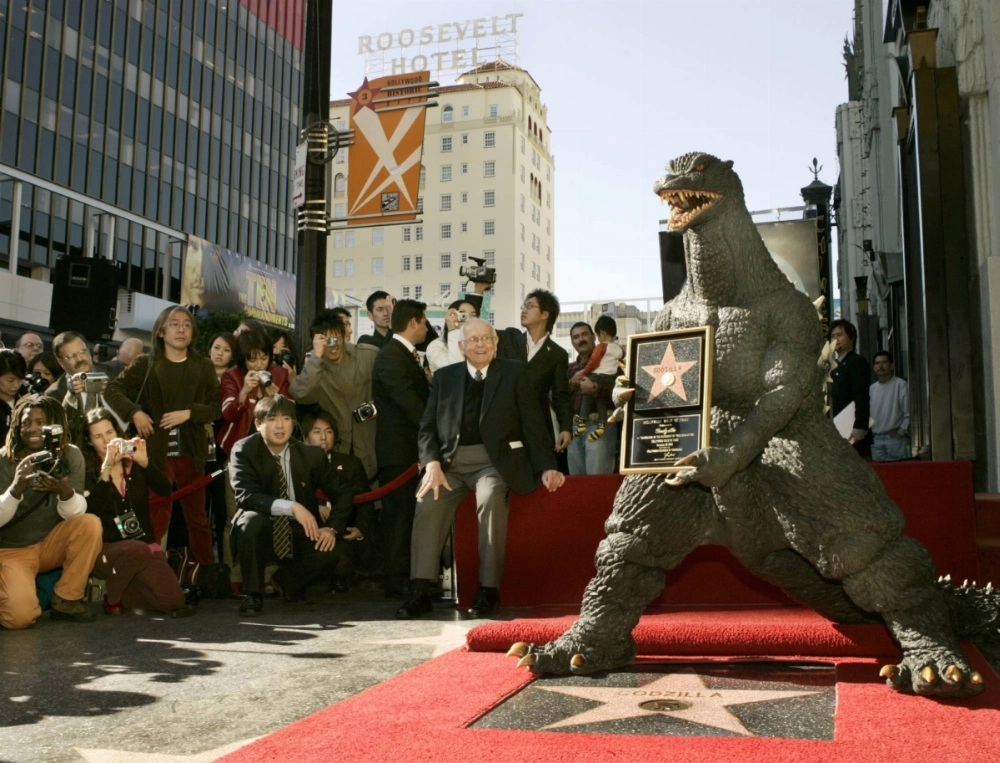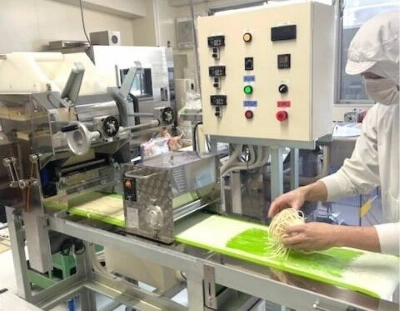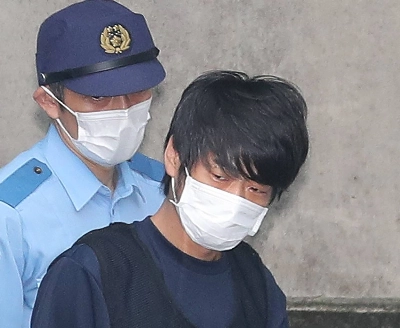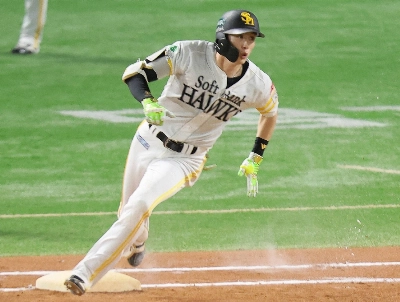In 1954, Japanese cinema made two enormous contributions to world culture. In April of that year, Akira Kurosawa’s "Seven Samurai" was released by Toho. Embraced by the U.S. and Europe, the 207-minute epic has become one of the most influential movies of all time, referenced for the last 70 years in movies major and minor, from the original "Star Wars" (aka A New Hope) to "Predator" to "A Bug’s Life" to "Mad Max: Fury Road" and on and on. In 1960, it was even remade as an American western, "The Magnificent Seven," itself a classic of the genre.
On Nov. 3, 1954 — also via Toho — Japan’s second gift arrived: Gojira, who would become Godzilla to the world. Don’t smirk. I’m here to take the nuclear-bomb-triggered mutant seriously.
I know it’s easy to scoff. For decades, the creature was played by men in rubber suits (in the first 12 movies, by the actor Haruo Nakajima who was an extra in "Seven Samurai"). The original was less than half the length of Kurosawa’s epic, but it’s a more tedious experience. Its moralizing about the consequences of atomic warfare — while praiseworthy — were a drag on the narrative. Still, it was successful enough to spawn sequels that found an audience in Japan and abroad. The first re-edited and voiced-over English version even declared "Godzilla" to be "king of the monsters.”


















With your current subscription plan you can comment on stories. However, before writing your first comment, please create a display name in the Profile section of your subscriber account page.